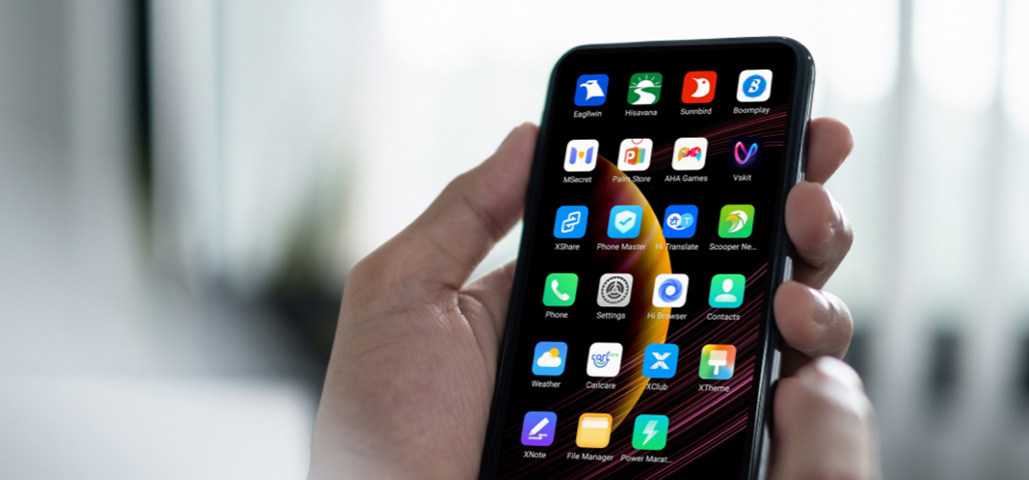7 Factors To Consider While Buying A Smartphone

Battery
Are you the kind of user who is likely to have multiple apps open simultaneously? Do you see yourself being a heavy consumer of video-streaming apps or playing games? Heavy online usage tends to drain batteries faster. If you belong to this category of users, then it is better to go for a phone with a long-lasting battery.
Memory
Phones have two kinds of memory – Random Access Memory (RAM) and Read Only Memory (ROM). RAM, along with the processor of your phone (see below), determines the speed of the phone and its ease of operation. ROM is what most people refer to as storage. This is the memory that is used to store the OS, apps and all the videos, photos and songs that you want to store on the phone.
Therefore, it stands to reason that phones with higher RAM will be faster and those with higher ROM will have more storage. An average user should be happy with a 2 GB RAM and 16 GB ROM. But if you are a heavy user, go for a phone with at least 3-4 GB RAM and 64GB ROM. To extend your ROM you can also use a micro SD memory card, but remember, apps that are stored and run from memory cards tend to be slower.
Camera
There is a lot of hype surrounding in-built cameras on phones with brands trying to outdo each other by offering more megapixels. Don’t let this fool you. By itself, a camera with more megapixels doesn’t result in better images. Apart from megapixels, good quality photos are a function of factors like ISO levels, aperture as well as the speed of autofocus. If you are likely to take a lot of pictures, then go for a phone with a 12 or 16 MP camera that has an aperture of f/2.0 or lower, for good results even in low light. If your use of the camera is not likely to be heavy, a phone with an 8-12 MP camera and aperture of f/2.2 should be fine for you.
Processor
Much like smartphone cameras, there is a lot of hype about processors with jargons like quadcore, octa core, Snapdragon, MediaTek and so on. Here is a simple thumb rule. Look at the processing speed that is expressed in terms of GigaHertz (GHz). The higher the speed, the faster the processor. If you are going to do a lot of photo/video editing or play online games and stream videos, opt for a faster processor.
Display
A phone with a 5.5 – 6-inch HD or QHD display is usually an ideal option. This will allow you to enjoy a rich media experience while being easy to carry in your pocket or purse.
Operating System
There are only two Operating Systems (OS) to choose from – Android or iOS. If you opt for iOS, then you are by default opting for an Apple iPhone. All other smartphone makers function on the Android OS. But this also comes in a confusing array of names and versions. Often the Android OS is tweaked by manufacturers to add features which could also result in bloatware, thereby slowing down the phone. So, try the phone out before making the decision.
Cost
As mentioned earlier, smartphones come at price points that vary greatly. Obviously, prices tend to go up as you go higher up the value chain in terms of processor speeds, memory, camera and display.
But don’t let your budget stop you from buying the smartphone you really want. Just talk to HDFC Bank, India’s No. 1* Bank, and convert your purchase into EMIs with HDFC Bank’s Debit Cards, Credit Cards or Consumer Durable Loans.
Here’s what you get with HDFC Bank:
- EMI on HDFC Bank Debit Cards, Credit Cards and Consumer Loans with instant eligibility check and on-the-spot approvals.
- No extra cost EMI on over 25 leading brands, without any processing fee, down payments or documentation
And what’s more, HDFC Bank brings you special EasyEMI offers onselected handsets.
